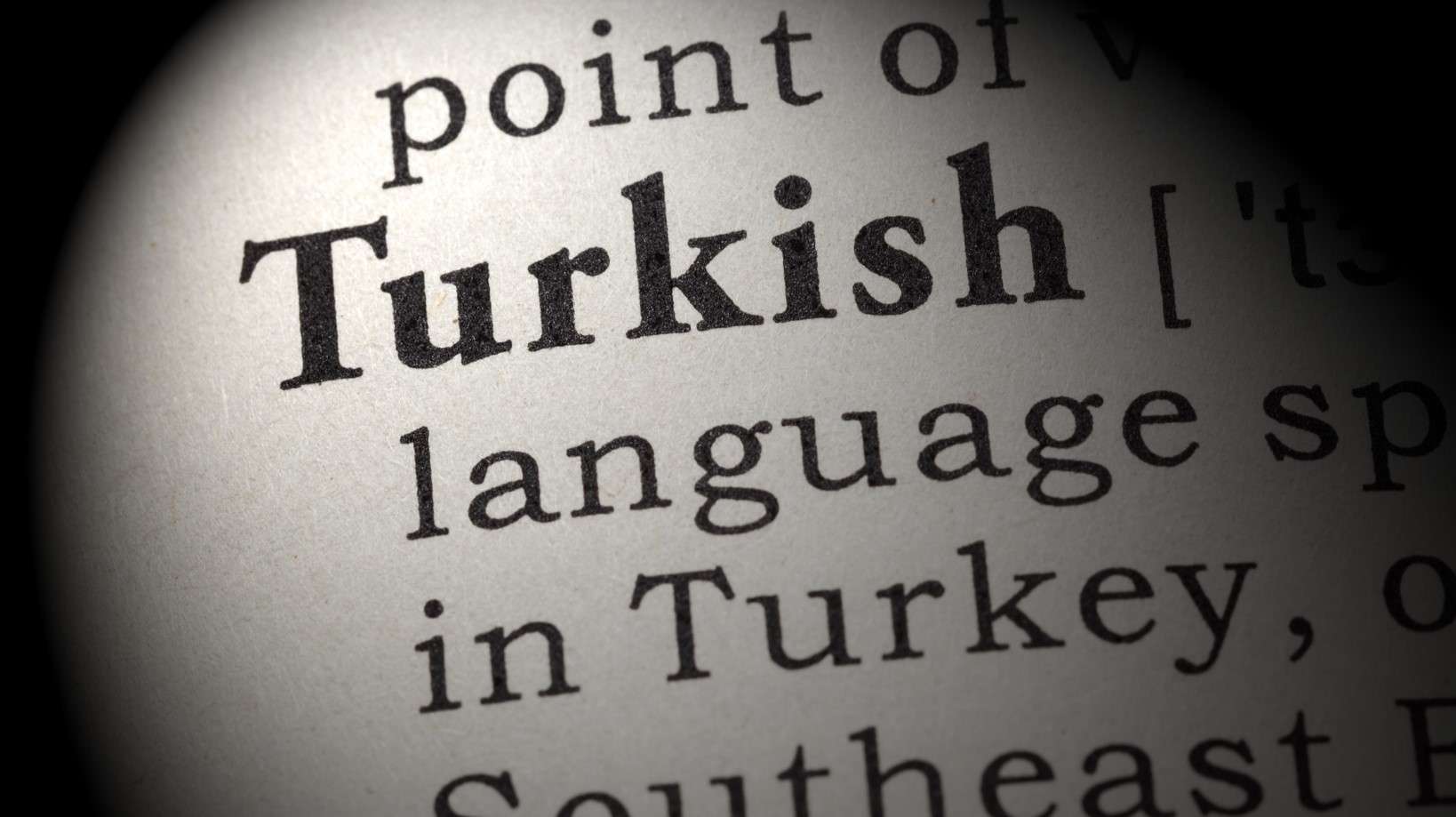Translation helps different cultures learn about each other, and it plays a major role in accelerating the exchange of literary works and scientific studies. Turkish translation is also essential for Turkish culture in this sense, and its history dates back to the Uyghur Turks. Uyghur texts containing information about Buddhism, Manichaeism, and Christianity were translated from Chinese, Syriac, and Persian between the 8th – 13th centuries. Starting from this period, Turkish translation successfully kept itself updated according to the language and alphabet that changed over the years. The first change in this sense, the transition to Arabic, required the development of completely different methods for Turkish translation. The fact that Arabic is quite different from Turkish in terms of the alphabet, word, and sentence structure led to the use of the ‘between the lines’ method in translations. In the interlinear method, Turkish translations were written under the foreign words in the texts, and in this way, it was possible to obtain word-for-word translations.
Turkish Translation in the Ottoman Period
Translation in the Ottoman Empire was mainly used in the fields of business and diplomacy. The Ottomans had limited communication with the outside world and only resorted to translation services when necessary in these areas. The Venetians, who were engaged in trade, needed translation services in the Ottoman Empire. Therefore, they founded a translation school called Giovanni della Lingua (Language Boys). Lütfi Bey was the first official palace translator, and he managed official correspondence within the palace.
The first written translation of religious and scientific texts was done from Arabic and Persian. These translations not only contributed to the development of Ottoman Turkish, but also provided the transfer of many important texts to Turkish and led to the advancement of Turkish translation services. When Arabic and Persian translations began to falter over time, the translation of French texts began in the 19th century. The development of French-Turkish translation enabled many essays, plays, and novels to be included in Ottoman literature. For example, Victor Hugo’s famous work “Les Miserables” was translated into Turkish by Münif Pasha and Şemsettin Sami under the name of “Hikaye-i Mağdurin”. The Translation Foundation, established in 1821, provided lectures on the translation of European languages and became one of the crucial steps taken to improve Turkish translation. For those curious about this period, we recommend the esteemed Prof. Dr. Sakine Eruz’s book called Multiculturalism and Translation – Translation Activity and Translators in the Ottoman Empire.
Turkish Translation in the Republican Period and in Literary Works
After the establishment of the Republic, Turkish translation began to flourish like never before. The Translation Office – established on 19 May 1940 – provided superb translation services by bringing together big names like Hasan Ali Yücel, Nurullah Ataç and Sebahattin Eyuboğlu. French, German, and English classical works, which have an important place in Western literature, were carefully selected, and more than 600 works were translated into Turkish. Turkish translation works carried out in this period were done using very technical and conscientious methods. Therefore, solid foundations for literary Turkish translation began to be formed. Hasan Ali Yücel classics are still read today and important works continue to reach Turkish readers.

